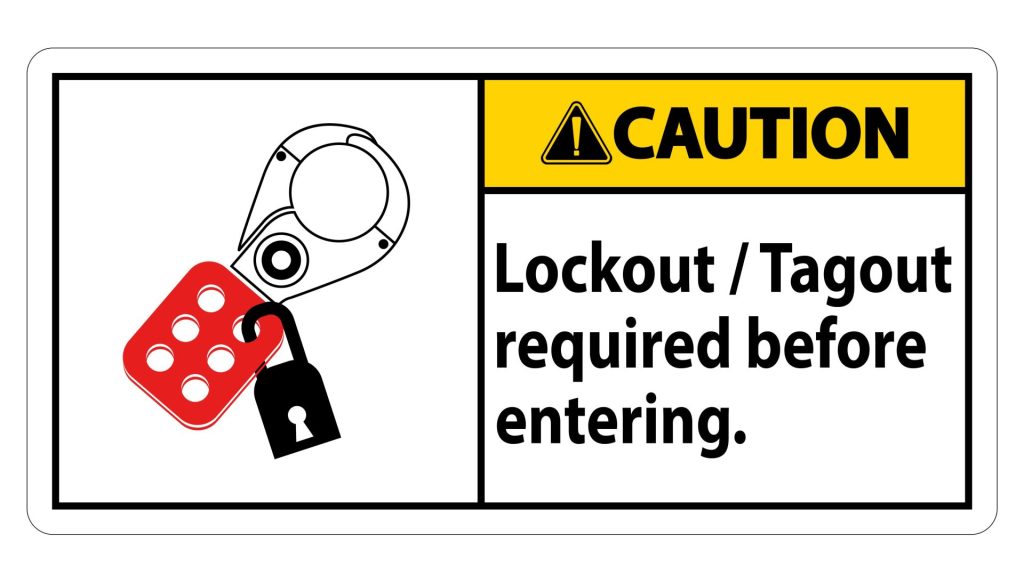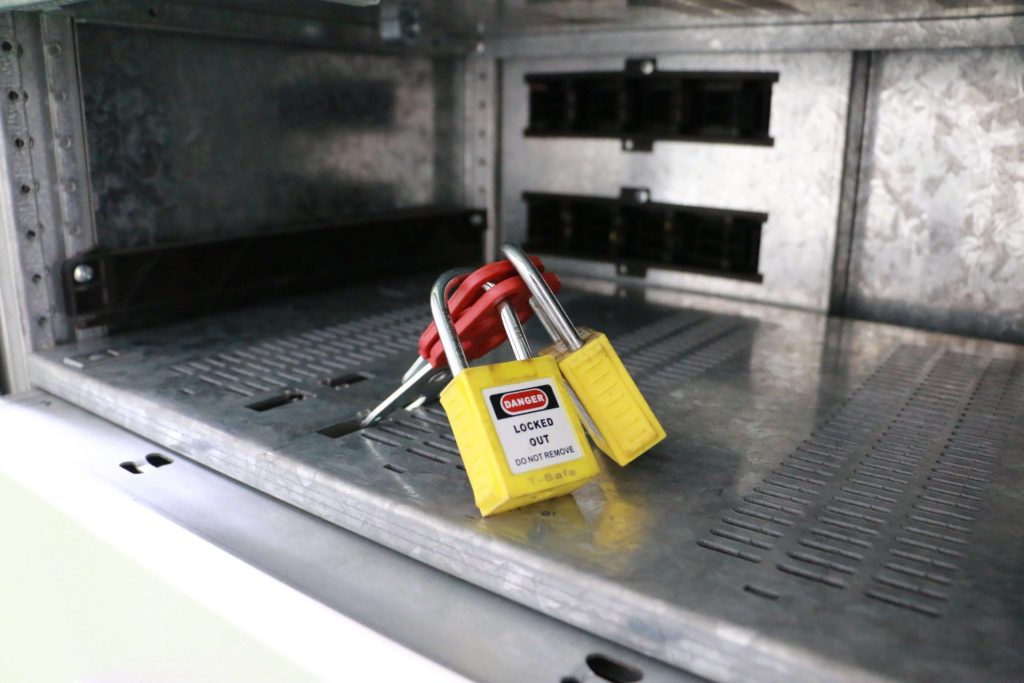
Lockout/tagout (LOTO), a common occurrence at industrial facilities, plays a vital role in securing workplace safety. Employees frequently isolate and de-energize equipment in preparation for maintenance and/or inspection. The idea is simple in theory; isolate and disable the potential sources of hazardous energy and release any stored energy before commencing work. Still, LOTO infractions were the seventh most cited Occupational Safety and Health Administration (OSHA) violation during the 2021 fiscal year. These citations capture a fraction of the violations that occurred. A failure to implement and adhere to an effective LOTO program leaves companies vulnerable to deaths, injuries, fines, and reduced profitability.
The consequences of failing to properly execute a LOTO can be found through a search on OSHA’s website. These search results and the frequency of LOTO violations paint a grim picture, but there is good news. The control of hazardous energy is a recognized critical workplace practice. OSHA Standard 1910.147 directs employers to develop and follow procedures that allow work to be conducted safely. This fact sheet provides a summary of the standard.
OSHA provides the framework for building a successful LOTO program. Organizations and their employees must work together to develop and execute a plan. LOTO programs should continually be evaluated, and weaknesses addressed. Furthermore, complacency must be avoided. Do employees have the proper equipment to isolate a machine? Are employees trained in methods to verify that a machine is de-energized? Does the process have built-in checks that eliminate a single-point failure? These types of questions can reveal flaws in an energy control program.
Employers and management have their fair share of responsibility when it comes to LOTO. However, there is no substitute for the diligence of the personnel directly involved. At many facilities, LOTOs are a daily occurrence. On the one hand, performing a task often builds proficiency, but on the other hand, performing so frequently allows for complacency to creep in. Since one mistake can create a dangerous situation, there is no room for error.

What must employees do to perform a successful and safe LOTO? There are endless answers to this question, but two key traits are critical – attention to detail and communication. The logistics of performing a LOTO varies between companies and industries. Therefore, attention to detail and communication are necessary regardless of the program.
Selecting the isolations for a LOTO requires accurate drawings. Any equipment changes not captured present a hazard. Knowing what work is being performed is required. Different maintenance items may need other isolation points for the same piece of equipment. Attention to detail is critical when selecting isolation points. Many energy-isolating devices have multiple methods of actuation. For example, a motor-operated valve with a handwheel would need power removed from the valve actuator, and the handwheel made inoperative.

When executing a LOTO, communication is always the first step. Plant conditions can change quickly. Ensuring that the plant supports the evolution and shutting down equipment before executing the LOTO will prevent upsets. Attention to detail is critical when installing a LOTO on energy-isolating devices. Many plants have identical pieces of equipment. The only difference between a set of pumps may be a letter or a number. Rushing while installing a LOTO or allowing oneself to be distracted can result in the wrong device being locked out.
A practical method to prevent this is Point-Read-Operate (P-R-O). Identify the device and point at it. Read the name of the device aloud and then operate the device. Use all available references, including device identification tags, the danger tag, and LOTO paperwork. While pointing at the device, indicate the operating action. For example, rotating your finger clockwise for a globe valve would indicate closing the valve.
Saying the device identification aloud before operation may seem odd. However, it can alert the individual that they are on the wrong device. This quick self-check is an effective way to ensure there is not an error when installing a LOTO. Indicating the operating action reinforces what the state of the device must be for the LOTO. This attention to detail and communication of the LOTO process help ensure equipment is correctly de-energized.